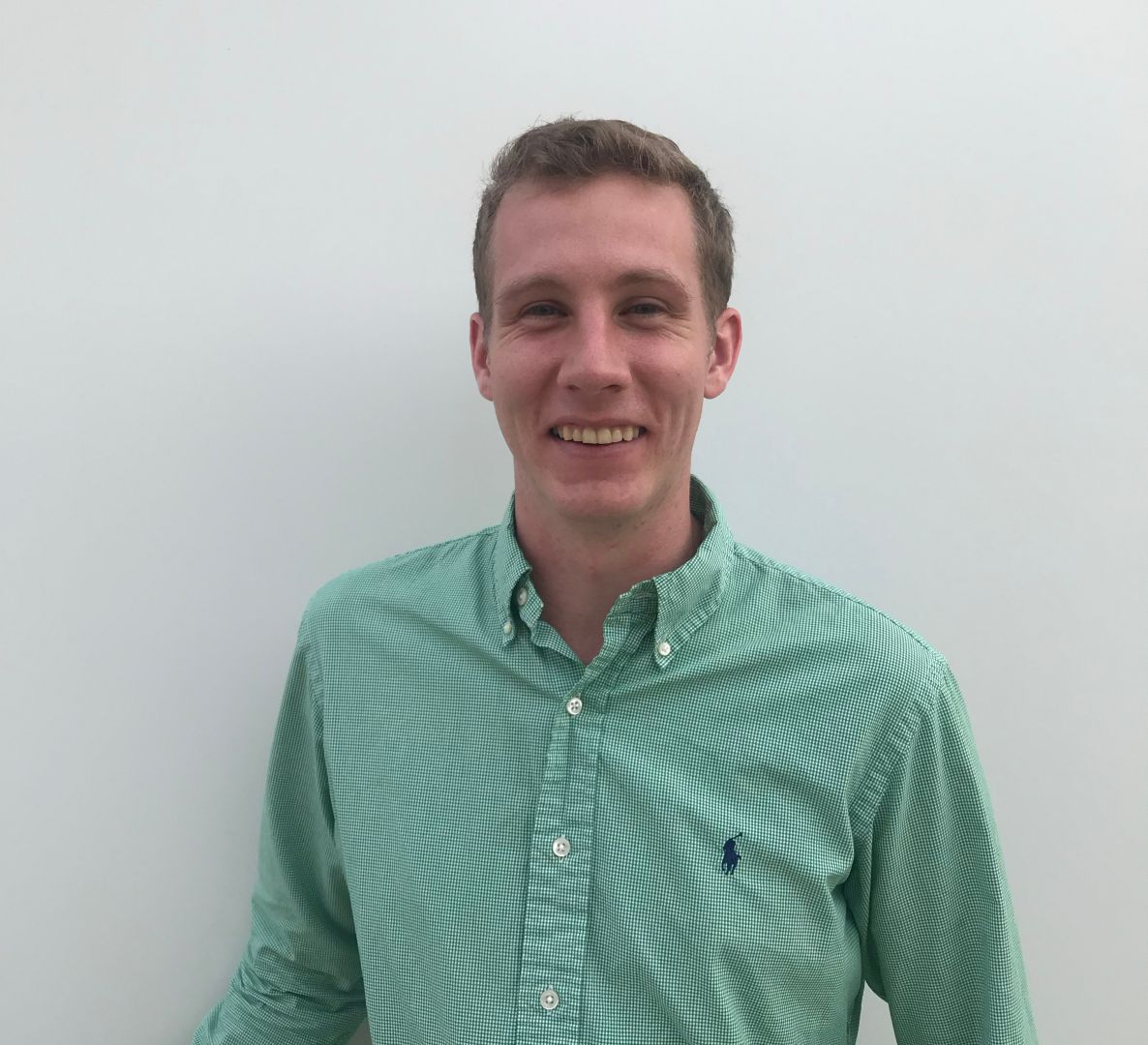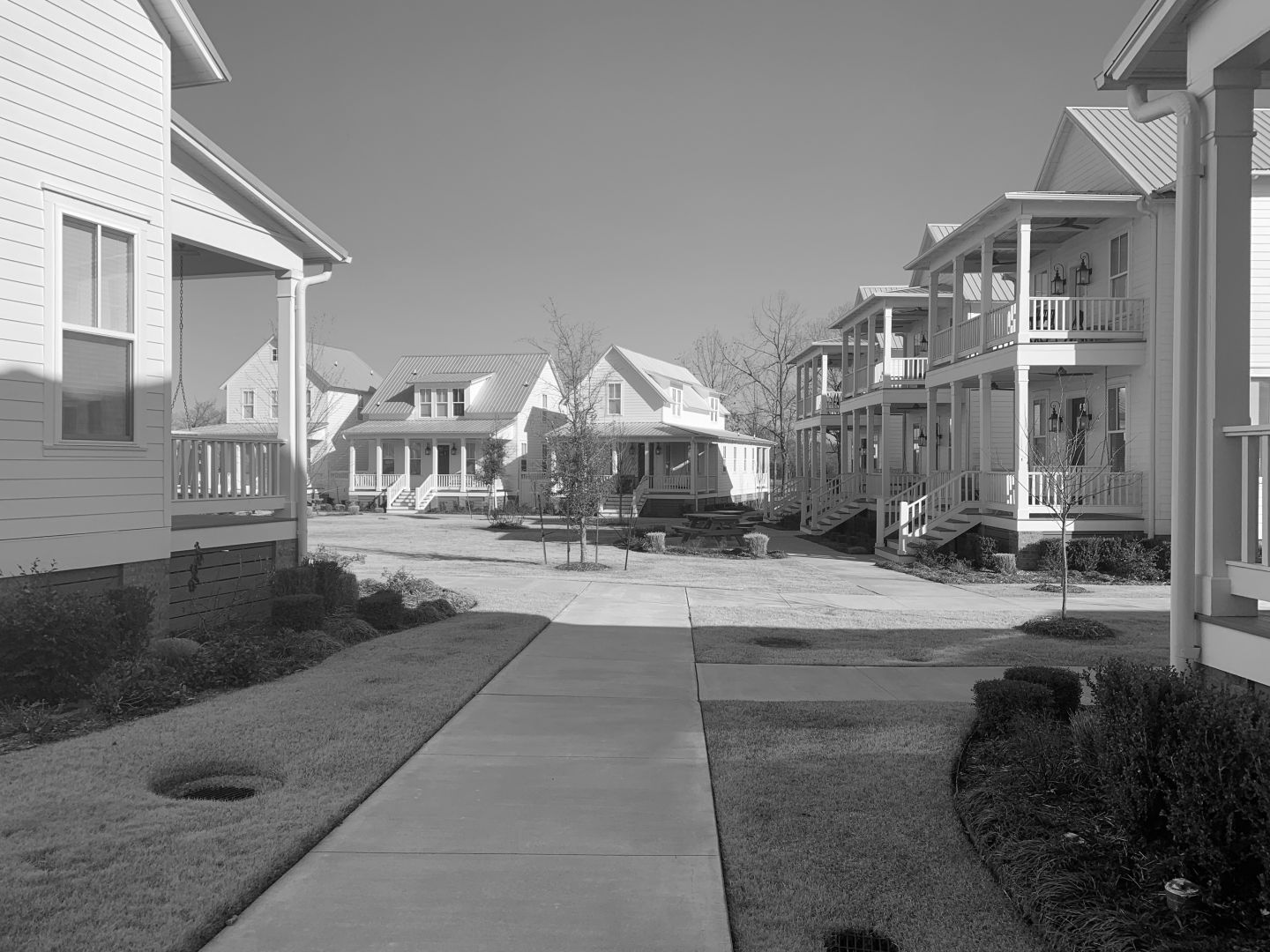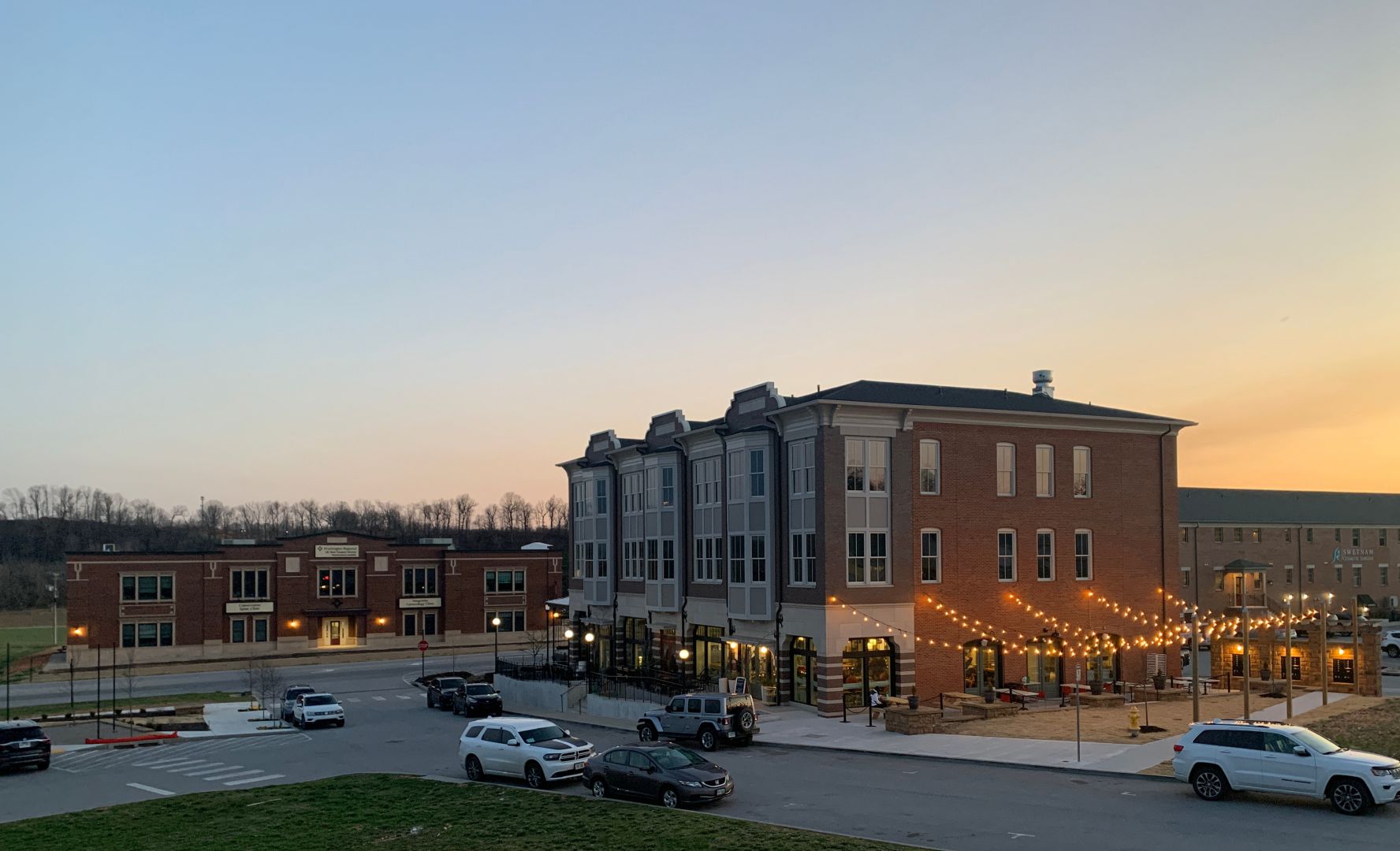Meet Patrick Brunner | Urban Designer

We had the good fortune of connecting with Patrick Brunner and we’ve shared our conversation below.
Hi Patrick, maybe we can start at the very start – the idea – how did you come up with the idea for your business?
When I tell people that I’m an urban designer, this usually confuses them because it’s not a profession you hear about often. I can get close to a definition if I explain the ingredients; part architecture, part city planning, a dash of landscape architecture, and season with traffic engineering and real estate development, but this doesn’t fully capture what an urban designer does. You can’t quite grasp what the final dish will taste like.
The reason for this is that historically, when we developed and built our neighborhoods, urban design was part of everyone’s job description. Renaissance architects were sculptors and masons, but because they worked with stone every day, they were also structural engineers who understood the limitations and properties of their medium. When they designed a building, they understood its context and made sure it fit into its surroundings. They could do it all. Now a real estate developer buys a property, hires an architect, who in turn hires subconsultants like a landscape architect. Everyone operates in their own silo. What is missing is the big picture individual or entity, someone that ties them all together and sets the vision for the entire site or neighborhood. Adding this step is critical to creating a harmonious place. This is where Cardo come in, we are the conduit between a community or developer’s vision and the architects, engineers, and landscape architects that will execute it.
Naming the business was a critical and difficult decision. You can always use your name, after all it’s the only marketing you have initially, but it doesn’t show creativity or inspire. People want to work for something and not someone. I looked backwards, roughly two millenniums backwards, and rediscovered ancient Roman city planning concepts. Most Roman towns had an east-west street called the Decumanus and a north-south street, the Cardo. It is not a coincidence that cardo is the root of so many words that mean heart. The cardo was the heart of Roman towns. It was mixed-use, an artery for economic activity, and the street that gave places a pulse. Fast forward to this century, that sentiment is sorely missing in the development world. There was no better place to start a company dedicated to creating places with heart than in the heartland.

Alright, so let’s move onto what keeps you busy professionally?
I always wanted to be an architect growing up, in fact I don’t remember wanting to be anything else. My uncle was one, with the same name too, and he designed the Vietnam War Memorial in downtown Indianapolis. As kid we would walk by it whenever we visited Indianapolis and I always saw “designed by Patrick M Brunner” etched into the side of the stone. As an eight-year-old why wouldn’t you want to create buildings that other people can visit?
Throughout my five years of architecture school, it became clear that while I was close to studying what I wanted to pursue as a career, it wasn’t exactly right. I enjoyed learning about buildings, but what I really loved was the space created between them. Architecture plays a huge role in what that experience feels like, but the building height and setback, landscaping, tree type, lighting, and topography are just as important. You can play with time in a way that other artists can’t. No neighborhood is static; it’s a community. People move in and out, buildings are built and demolished, and they feel different based on the season you experience them in. You curate the experience of the pedestrian as they move from one place to the next, and you are entrusted with creating a place for not only the residents of today, but also for the next generation. You must understand how neighborhoods evolve. If architecture is the balance point between engineering and art, then urban design is the intersection between engineering, art, and the passing of time.

If you had a friend visiting you, what are some of the local spots you’d want to take them around to?
Let’s first assume it’s summer here in Saint Paul, Minnesota. The days are long, the sun hangs in the sky late into the evening, and it’s in the 70’s or 80’s. I’m not sure you can find a better place to spend a summer day. Many people here love winter, I’m not one of them.
I would spend a few days exploring the Twin Cities, spend a day or two at any one of the 14,380 lakes, many of which are here in town, and finally explore the North Shore of Lake Superior. It’s a short 2-hour drive from the Cities and part of the appeal of living here is the easy access to the natural beauty of Minnesota.
Breweries like Surly, Bang, and St. Paul Brewing all have their own charm and are worth a visit. I’d make sure to grab a bike and take any of the trails that run along the Mississippi River and visit Minnehaha Falls and eat lunch at Sea Salt. This pavilion has a restaurant and bar overlooking the falls. From there you can cruise along Lake Harriet, Bde Maka Ska, and Lake of the Isles. You can kayak, swim, or sail on any of the lakes while still experiencing the energy of downtown Minneapolis. I would eat dinner along St. Anthony Main and stay in the Northeast neighborhood. This neighborhood captures the spirit of the Twin Cities well. If you want to take things a little slower, you can explore Grand Avenue or Cathedral Hill in Saint Paul. The Twin Cities come alive in the summer, and everyone embraces the long summer days.

Who else deserves some credit and recognition?
I had a professor in architecture school at Notre Dame, Douglas Duany, who taught me many of the essential urban design lessons that are the building blocks of the design philosophy for Cardo. As a professor he was brilliant, cared deeply about his students, and was completely unconventional. His hours, lecture style, and the drawings he required were very different from other professors. For whatever reason, his teaching style really clicked with my learning style.
He was, to our dismay, notorious for changing our designs and projects at the last minute. He placed process and thought ahead of the number of completed drawings. Was this well designed? Have you incorporated new information? He always said, “design on a dime”. Other professors simply checked in during studio hours and followed the syllabus as written. This studio culture was so valuable and relevant to my professional experience in ways I couldn’t understand at the time. Flexibility is the most important skill to practice day in and day out like any other habit. My clients are hiring me to help them realize or sculpt their vision into a reality. These are typically real estate developers, cities, or local groups who are dealing with a neighborhood or piece of land in an existing community. It has a history, changing economic conditions, and no shortage of personalities. The communities we work in are never static, why should we practice in calm seas?

Website: https://www.cardo.design
